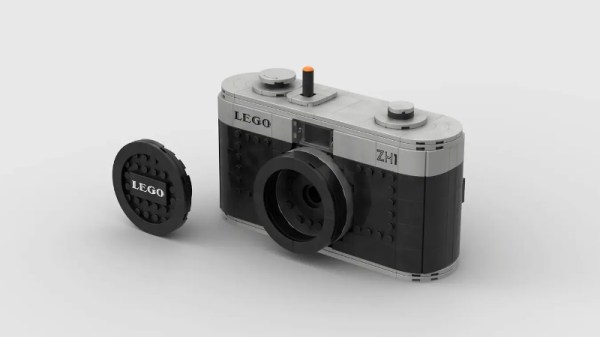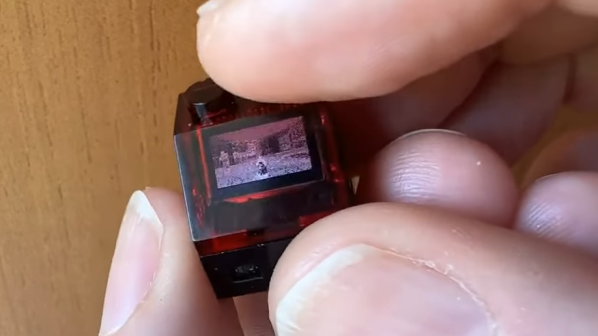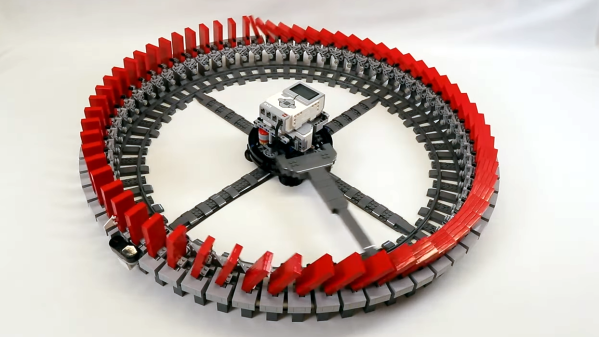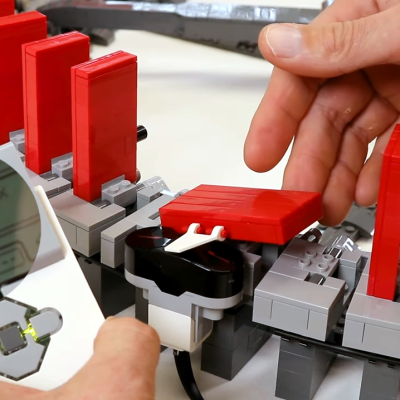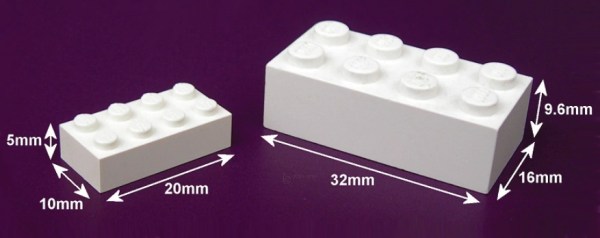A camera makes for an interesting build for anyone, because it’s an extremely accessible technology that can be made from materials as simple as cardboard. More robust cameras often require significant work, but what if you could make a usable camera from LEGO? It’s a project taken on by [Zung92], who hasn’t simply made a working 35 mm camera from everyone’s favorite construction toy — he’s also managed to make it exude retro style. Best of all, you can vote for it on the LEGO Ideas website, and you might even get the chance to have one for yourself.
Frustratingly there’s little in the way of in-depth technical detail on the Ideas website, but he does mention that it was a challenge to make it light proof. Even the lens is a LEGO part, and if diffraction-based photography isn’t for you there’s also a pinhole option. We look forward to seeing this camera progress, and we hope we’ll see it advance to becoming a LEGO Ideas kit.
This is an extremely polished design, but surprisingly, it’s not our first LEGO camera.
Thanks [Michael] for the tip.

